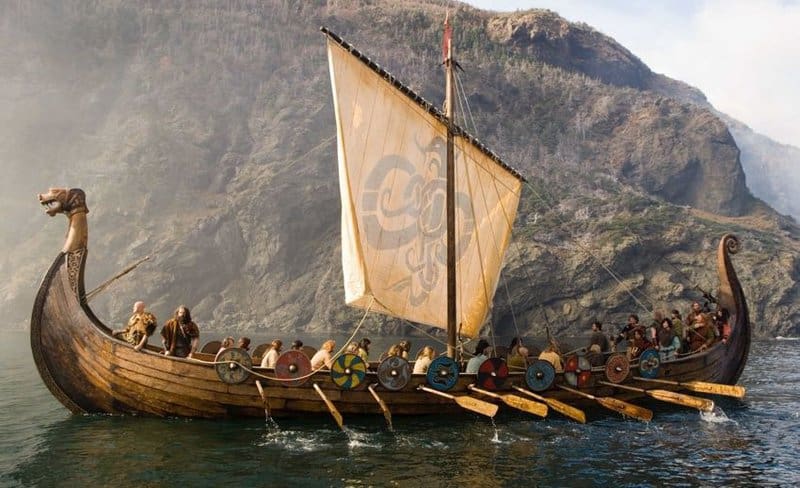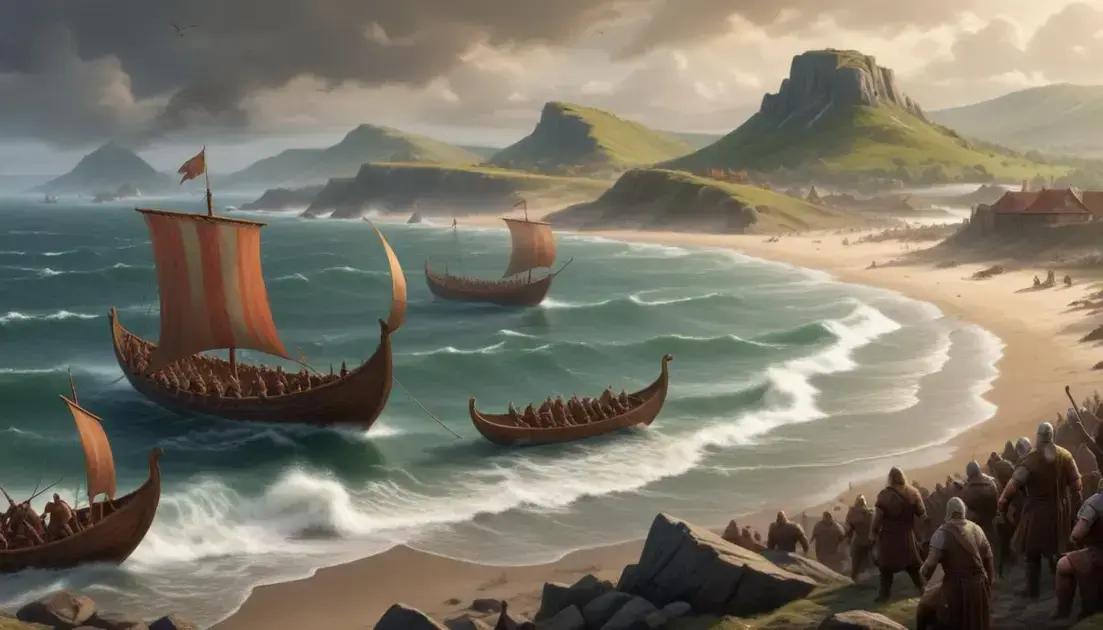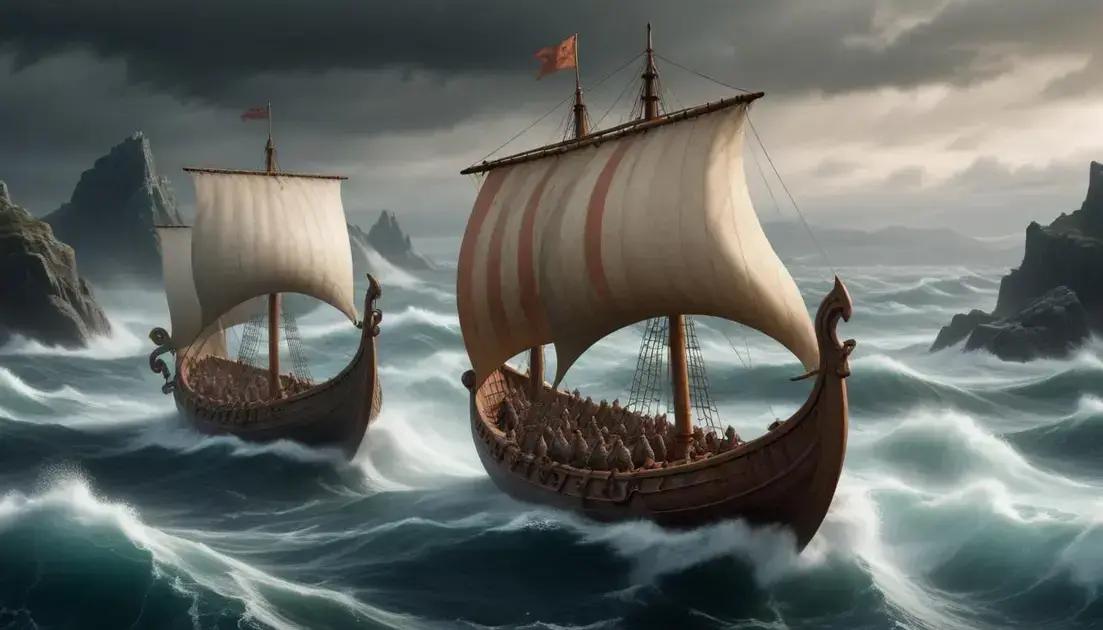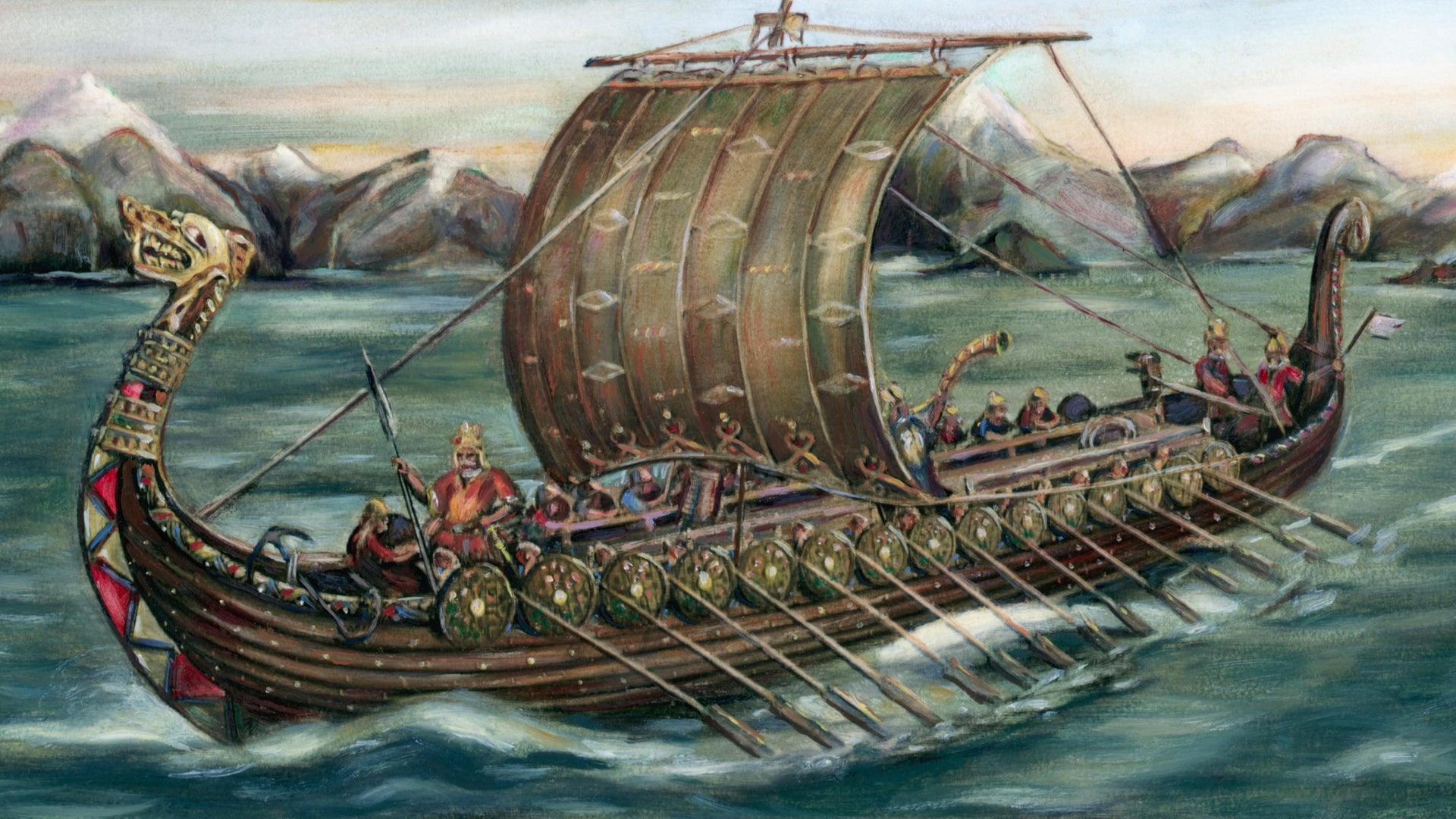
Vikings: Warriors, Explorers and the Norse Legacy
Vikings: Warriors, Explorers and the Norse Legacy
From the fjords of Scandinavia to the shores of distant lands, the Vikings left an indelible mark on world history that continues to fascinate us today. These remarkable seafaring people, who dominated European waters from 793 to 1066 CE, were far more than the stereotypical raiders depicted in popular culture. As any timeless reporter would tell you, the true story of the Vikings reveals a complex civilization of skilled craftsmen, innovative explorers, shrewd traders, and adaptive settlers who fundamentally shaped the medieval world.
The Norse legacy extends far beyond their fearsome reputation as warriors, encompassing extraordinary achievements in navigation, trade, craftsmanship, and cultural exchange. Their influence can be traced across continents, from the establishment of trading posts in Russia to the founding of settlements in Iceland, Greenland, and even North America – centuries before Columbus. Understanding the Vikings means looking beyond the myths and examining archaeological evidence, historical records, and cultural artifacts that paint a picture of a sophisticated society that was instrumental in connecting the medieval world.
This comprehensive exploration of Viking civilization will delve into their origins, examine their legendary raids and conquests, celebrate their remarkable achievements as explorers and traders, analyze their rich cultural heritage, and assess their lasting impact on modern society. By the end of this journey, you’ll discover why the Vikings remain one of history’s most compelling and influential civilizations.
The Origins and Rise of Viking Civilization
The emergence of Viking civilization in the late 8th century wasn’t a sudden phenomenon but rather the culmination of centuries of Scandinavian development and favorable historical circumstances. The term “Viking” itself derives from the Old Norse word “vikingr,” meaning “pirate” or “raider,” though it’s important to note that not all Norse people were Vikings – the term specifically referred to those who went on overseas expeditions. The broader population of Scandinavia included farmers, craftsmen, traders, and settlers who never left their homeland but contributed to the rich tapestry of Norse society.
Geographically, the harsh conditions of Scandinavia played a crucial role in shaping Viking character and capabilities. The rugged coastlines, numerous fjords, and scattered islands created a natural environment that demanded exceptional seafaring skills. The relatively poor agricultural conditions and limited arable land meant that many young Norsemen sought opportunities beyond their borders. Climate change also played a significant role – the Medieval Warm Period (approximately 900-1300 CE) made sea travel more feasible and opened up new regions for exploration and settlement.
The political landscape of 8th-century Scandinavia was fragmented, consisting of numerous chieftains, jarls (nobles), and petty kings competing for resources and power. This decentralized structure, combined with a warrior culture that valued honor, courage, and martial prowess, created ideal conditions for the emergence of raiding parties. Young men sought fame, fortune, and social advancement through successful expeditions, while experienced leaders used raids to maintain their power and reward loyal followers.
Technological innovations were equally important in the Vikings‘ rise to prominence. Their development of the longship – a revolutionary vessel that combined speed, shallow draft, and seaworthiness – gave them an unprecedented advantage in both warfare and exploration. These ships could navigate rivers as easily as open seas, allowing Vikings to strike deep into enemy territory and establish trade routes far from their homeland. The combination of superior shipbuilding technology, navigational knowledge, and maritime expertise gave the Norse a decisive edge over their contemporaries.
Viking Raids and Military Conquests Throughout History
The Viking Age officially began with the raid on Lindisfarne monastery in 793 CE, marking the start of what would become a systematic expansion across Europe and beyond. This attack on the holy island off the coast of Northumberland shocked the Christian world and demonstrated the Vikings’ ability to strike quickly and effectively at targets previously thought secure. The chronicler Alcuin’s description of the event as “a whirlwind of heathen men” captured the terror and surprise that would characterize initial encounters with Viking raiders throughout Europe.
The success of early raids established patterns that would define Viking military strategy for centuries. Their approach emphasized mobility, surprise, and the exploitation of political weaknesses in target regions. Unlike traditional medieval armies that moved slowly and required extensive supply lines, Viking war bands could strike swiftly from the sea, raid coastal settlements, and disappear before organized resistance could form. This guerrilla-style warfare proved devastatingly effective against the fragmented kingdoms of early medieval Europe.
The Great Heathen Army that invaded England in 865 CE represented an evolution in Viking military organization. Led by legendary figures like Ivar the Boneless, Halfdan Ragnarsson, and Ubba, this formidable force numbered in the thousands and demonstrated the Vikings’ ability to coordinate large-scale military operations. Unlike earlier hit-and-run raids, the Great Heathen Army sought territorial conquest and permanent settlement, establishing the Danelaw across much of northern and eastern England.
In Francia, Vikings proved equally formidable, repeatedly sailing up the Seine, Loire, and other rivers to attack major cities including Paris, Tours, and Rouen. The siege of Paris in 885-886 CE showcased their tactical sophistication and persistence, as they maintained a blockade of the city for nearly a year. These campaigns forced the Frankish rulers to pay massive tributes (later known as Danegeld) and eventually led to the establishment of Normandy under Rollo in 911 CE.
The military innovations of the Vikings extended beyond their ships to include advanced metallurgy, weapon design, and battlefield tactics. Their swords, crafted using pattern welding techniques, were superior to most contemporary weapons and highly prized throughout Europe. The famous Viking battle axe became an iconic symbol of their military prowess, while their round shields and mail armor provided effective protection. Perhaps most importantly, their egalitarian warrior culture meant that every free man was expected to fight, creating armies with higher morale and individual skill than the peasant levies of their enemies.
Viking Exploration and Trading Networks
While popular history often focuses on Viking raids, their achievements as explorers and traders were equally remarkable and arguably more significant in shaping the medieval world. The Norse expansion wasn’t merely about conquest and plunder – it represented a systematic exploration of new lands, establishment of trading networks, and creation of cultural exchanges that connected regions from Greenland to Constantinople. Understanding this broader context reveals the Vikings as pioneering globalists who helped integrate the medieval world economy.
The westward expansion of the Vikings represents one of history’s most extraordinary examples of maritime exploration. Beginning with the settlement of the Faroe Islands around 825 CE, Norse explorers systematically pushed into the North Atlantic, establishing colonies in Iceland (874 CE), Greenland (985 CE), and eventually reaching North America around 1000 CE. Leif Erikson’s expedition to Vinland (likely modern-day Newfoundland) made the Norse the first Europeans to reach the Americas, predating Columbus by nearly 500 years.
Archaeological evidence from sites like L’Anse aux Meadows in Newfoundland confirms the Norse presence in North America and demonstrates their sophisticated approach to exploration and settlement. These sites reveal planned communities with workshops, storage facilities, and evidence of iron production – indicating that Viking expeditions were well-organized colonization efforts rather than random discoveries. The sagas that preserve these historical accounts, while containing mythological elements, provide remarkably accurate geographical information that has aided modern archaeologists in locating Norse sites.
The eastern expansion of the Vikings was equally significant, establishing trade routes that connected Scandinavia to the Byzantine Empire and the Islamic world. Swedish Vikings, known as Varangians, traveled down the Dnieper and Volga rivers, founding trading posts and eventually the state of Kievan Rus. Cities like Novgorod and Kiev became major commercial centers where Norse merchants traded amber, furs, and slaves for silver, silk, and spices from the east. The wealth generated by these trade networks is evidenced by the massive hoards of Islamic silver coins found throughout Scandinavia.
The Vikings developed sophisticated commercial practices that facilitated their far-reaching trade networks. They established standardized weights and measures, created credit systems, and developed commercial law codes that protected merchants and regulated trade disputes. Their trading posts, often fortified settlements known as emporia, served as multicultural centers where Norse, Slavic, Byzantine, and Islamic merchants could interact safely. These commercial innovations helped establish trade patterns that would influence European commerce for centuries to come.
Norse Culture, Religion, and Daily Life: Insights from History
The cultural richness of Viking society extended far beyond their martial exploits, encompassing a sophisticated worldview, artistic traditions, and social structures that shaped Scandinavian civilization. Understanding Norse culture requires looking beyond the warrior stereotype to examine the complex society that produced remarkable achievements in literature, art, craftsmanship, and law. Archaeological evidence and historical sources reveal a people who valued poetry as much as prowess in battle, who created intricate legal systems, and who developed a rich mythological tradition that continues to influence modern culture.
Norse religion centered on a complex pantheon of gods and goddesses who embodied the values and concerns of


